
Top 10 Best Plaster Repair Companies in St. Louis, MO – Updated 2025
Key Takeaways What Defines Top Plaster Repair? Assess Experience and Expertise Check for Proper Licensing Verify Insurance Coverage Why Choose Local St. Louis Experts? Understanding
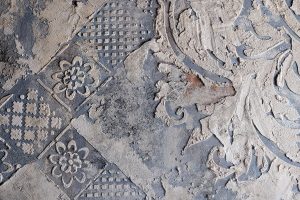
Types of Ornamental Plaster Styles and How to Identify Them
Key Takeaways What is Ornamental Plaster? Define Ornamental Plaster History and Evolution Plaster vs. Drywall Why Use Ornamental Plaster? Enhance Aesthetic Appeal Improve Interior Functionality
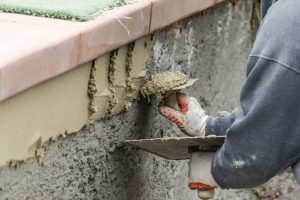
Ornamental Plastering Services in St. Louis, Plaster Repair Experts, Plastering Solutions for Homes and Businesses
Key Takeaways What is Ornamental Plastering? Benefits of Ornamental Plaster Types of Plaster Materials Used Ornamental Plastering Services Offered 1. Assess Plastering Project Needs 2.

Find the Best Ornamental Plaster Repair Company in St. Louis, MO
Key Takeaways Why Ornamental Plaster Matters Understanding Ornamental Plaster Repair How to Choose a Plaster Repair Company 1. Define Your Project Scope 2. Check Company’s
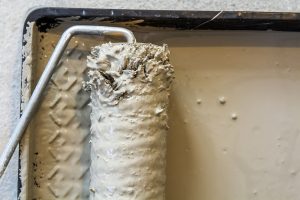
Why You Should Hire a Professional Plaster Repair Company in St. Louis
Key Takeaways Why Choose Professional Plaster Repair? 1. Ensure Superior Repair Quality 2. Save Time and Reduce Hassle 3. Avoid Costly Mistakes 4. Guarantee Long-Lasting
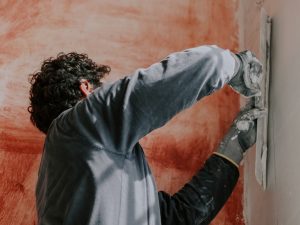
Ornamental Plastering Services, Plaster Repair St. Louis, Plastering Company
Key Takeaways Discover Ornamental Plaster Services What is Ornamental Plastering? 1. Define Ornamental Plastering 2. Explore Historical Significance 3. Discuss Modern Applications Plastering Services Offered
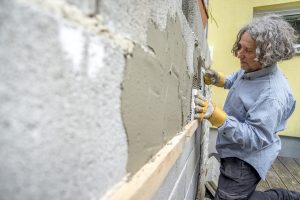
Commercial Plastering Services in St. Louis, MO – Expert Contractors
Key Takeaways What Is Commercial Plastering 1. Definition and Purpose 2. Types of Commercial Plastering 3. Historical Background Services Offered in St. Louis 1. Plaster

Ornamental Plastering, Commercial Plaster Services St. Louis …
Key Takeaways What Is Commercial Ornamental Plastering Definition and Purpose of Ornamental Plastering Common Applications in Commercial Spaces Importance in Architectural Design Range of Ornamental
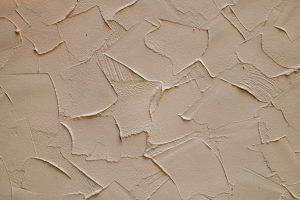
Repairing Ornamental Plaster in Historic Homes: A Comprehensive Guide
Key Takeaways Understanding Ornamental Plaster What Is Ornamental Plaster? Why Preservation Is Essential Common Uses in Historic Homes Identifying Signs of Damage Cracks and Surface
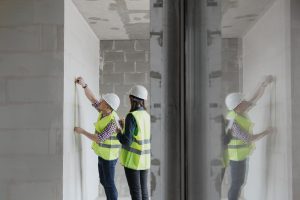
Plaster vs. Drywall: Why Plaster Is the Superior Choice in 2025
Plaster vs. Drywall: Why Plaster Is the Superior Choice in 2025 Key Takeaways What Is Plaster? Material Composition of Plaster Common Uses of Plaster Benefits
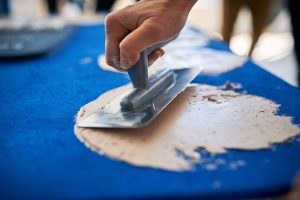
Ornamental Plastering Services, Plaster Repair St. Louis, Plastering Options …
Key Takeaways What Are Ornamental Plastering Services 1. Definition and Overview 2. Common Uses in Properties 3. Importance of Professional Application Types of Ornamental Plastering
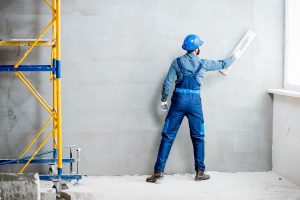
Ornamental Plastering Services, Plaster Repair St. Louis, Reliable Plastering Companies …
Key Takeaways What Is Ornamental Plastering? Definition and Purpose Historical Significance and Evolution Common Applications in Modern Spaces Types of Ornamental Plastering Services 1. Decorative

Commercial Ornamental Plastering: Elevating Spaces with Expert Craftsmanship
Key Takeaways What is Commercial Ornamental Plastering 1. Definition and Purpose 2. Historical Background 3. Current Uses in Design Techniques in Ornamental Plastering 1. Traditional
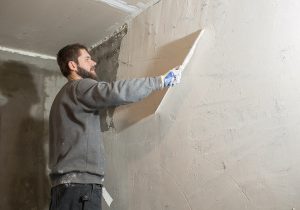
Ornamental Plastering Techniques: A Historical Overview and Modern Applications
Key Takeaways What is Ornamental Plastering 1. Definition and Purpose 2. Historical Significance 3. Modern Applications Techniques in Ornamental Plastering 1. Traditional Methods 2. Contemporary
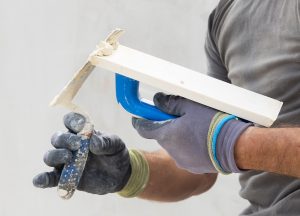
Ornamental Plaster Repair Services | St. Louis, MO
Key Takeaways Understanding Ornamental Plaster Repair What is Ornamental Plaster? Why Restore Ornamental Plaster? Common Issues in Plaster Repair Services for Plaster Repair in St.